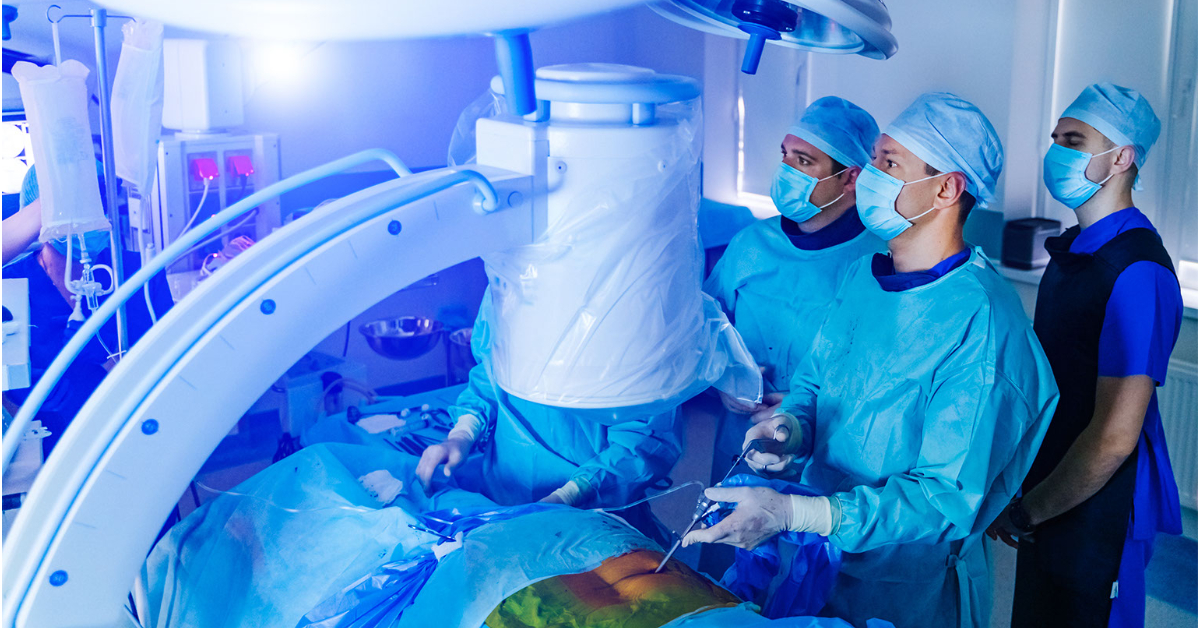

In the United States these commonly include: Spinal cord stimulation is usually considered for patients with chronic pain that has not been relieved by other conservative or surgical treatment method. What kind of pain does a spinal cord stimulator treat? Similarly, a neuromodulation device can activate specific neural pathways that may help reduce symptoms associated with pain.

The exact mechanisms of SCS are complex and not fully understood, but the process can be compared to the way in which a pacemaker corrects an abnormal heartbeat. A spinal cord stimulator is an implanted device that delivers signals to specific nerves and pathways to counteract abnormal nerve activity in specific parts of the body. This therapy aims to reduce pain using a neuromodulation device (also known as a spinal cord stimulator). Spinal cord stimulation (SCS) is a minimally invasive technique used to treat various types of chronic pain. What can I expect after having a spinal cord stimulator implant?.What are the side effects of a spinal cord stimulator?.What is the success rate of a spinal cord stimulator?.Is getting spinal cord stimulator surgery painful?.What can I expect from a spinal cord stimulator trial?.Who is a good candidate for a spinal cord stimulator?.Is spinal cord stimulation an outpatient procedure?.How does a spinal cord stimulator work?.What kind of pain does a spinal cord stimulator treat?.With advances in technology, effectiveness and favorable cost utility spinal cord stimulation − especially when compared with conventional medical management – this treatment has been shown to provide improved pain relief and overall functional capacity in patients suffering from chronic pain. Spinal cord stimulation has been used for more than 50 years by pain specialists to treat a variety of pain conditions. It can even result in the spread of pain to other areas of the body. This plasticity of the central neural system can lead to persistent pain even after medical or surgical correction of the disease or injury that was the original source of pain. This alteration, termed “plasticity,” is manifested by changes in the sensitivity of pain receptors in the brain. Patients with chronic pain frequently experience depression, sleep disturbances and fatigue, as well as decreased mental and physical function.Ĭhronic pain also produces long-term alterations in the nervous system. Chronic pain results from combined biological, psychological, and social factors, and most often requires a multifactorial approach to management.


 0 kommentar(er)
0 kommentar(er)
